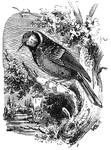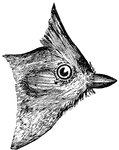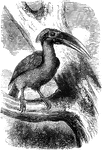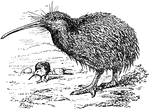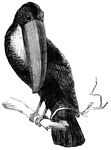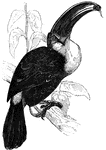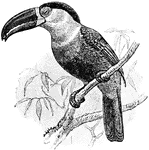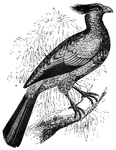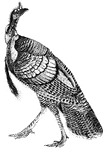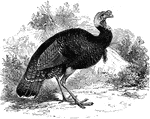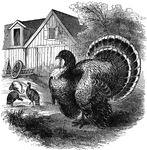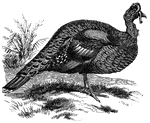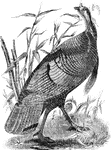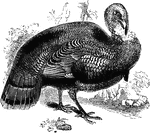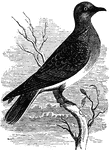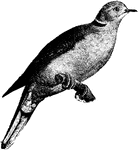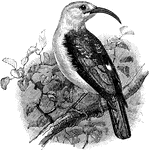152 illustrations of birds including: tailor bird, tamatia, tanager, teal, tern, thasher, thrush, titmouse, tock, tody, toucan, touraco, trogon, turkey, turnstone, umbrella bird, versicolor, vireo, and vulture
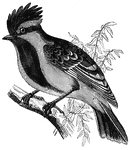
Black-Lored Tit
Native to the Himalaya Mountains, P. xanthogenys is somewhat smaller than the great tit.
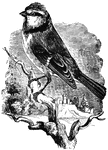
Blue Tit
Commonly found throughout Europe, the blue titmouse is known for destroying the buds of flowers, and…
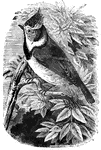
Crested Tit
The crested tit prefers the colder climes of Northern Europe, being common in Denmark, Sweden, Russia,…
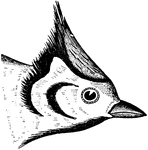
Bridled Titmouse
"Upper parts olivaceous-ash, wings and tail darker, edged with the color of the back, or even a brighter…
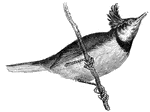
Crested Titmouse
The tit is indeed the incarnation of motion; it is continually skipping from branch to branch...(Figuier,…
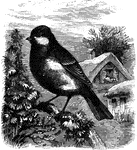
European Greater Titmouse
"Head not crested. Wings and tail rounded, of approximately equal lengths, and about as long as the…
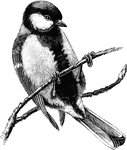
Great Titmouse
"Parus major, the Great Titmouse, are olive, brown, or grey, varied with black, white, chestnut, or…
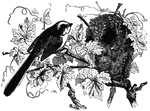
Long-Tailed Titmouse
The most noted of the titmice, the long-tailed titmouse is about five and a half inches in length, half…
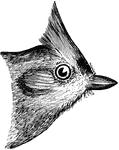
Tufted Titmouse
"Entire upper parts ashy, the back usually with a slight olivaceous shade, the wings and tail rather…
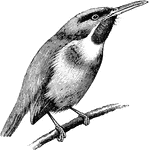
Tody
"Todus viridis, Tody, has coloration that is green, with a red throat, yellowish-white or pinkish under…
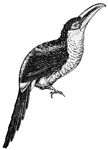
Toucan
In eating, they seize the fruit with the extremity of the beak, make it bounce up in the air, receive…

Toucan
In eating, they seize the fruit with the extremity of the beak, make it bounce up in the air, receive…
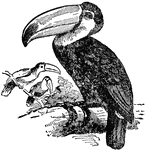
Toucan
"The Toucan, in ornithology, is the popular name of any bird of the genus Rhamphastos. They are all…

Toucan
A class of climbing birds native to tropical America. they are noted for their immense beak, which is…
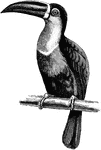
Ariel Toucan
The Rhamphastus ariel, or Ariel Toucan, is black with a yellow or orange rump and throat. The brilliant…
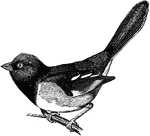
Towhee (Male)
A Towhee is any one of a number of species of birds in the genus Pipilo within the family Emberizidae…
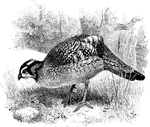
Cabot'sTragopan
"Ceriornis caboti, (Cabot's Tragopan) of South-East China has the latter region buff. The hens are black…

Trogon
Torgons, like Barbets have the bases of their beaks covered with hairs. Their soft and silky plumage…

Trogon
Torgons, like Barbets have the bases of their beaks covered with hairs. Their soft and silky plumage…
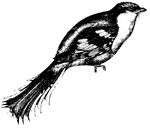
Trogon
Torgons, like Barbets have the bases of their beaks covered with hairs. Their soft and silky plumage…

Copper-Tailed Trogon
"Trogon ambiguus. Copper-tailed Trogon. Metallic golden-green; face and sides of head black; below from…

Tropic-Bird
"The Common Tropic-bird seems to confine itself to the Atlantic Ocean, stopping near the confines of…
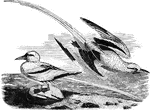
Tropicbird
Notable for its lengthy tail-feathers, the tropic bird inhabits the tropical regions of the Atlantic…
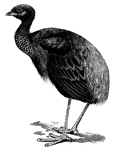
Trumpeter
"Psophia crepitans, the Agami, ranging from British Guiana to Amazonia, is a black bird with velvety…
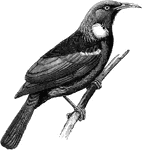
Tui
"Prosthemadera novae zealandiae, the Tui, are black and white... two gular patches of curled white filamentary…
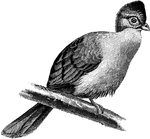
Green-Mantled Turaco Sitting on a Tree Limb
"The Gallirex chlorochlyamys, Green-mantled Turaco, has a general coloration of metallic blue and green…
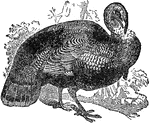
Turkey
A large bird native to America, It was first brought to Europe when Hernando Cortez returned to Spain
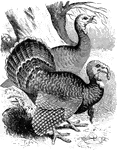
Turkey
"Meleagris gallipavo. Turkey. Upper tail-coverts chestnut, with paler or whitish tips; tail-feathers…
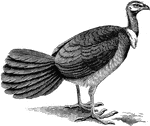
Brush Turkey
"Catheturus lathami, the "Brush Turkey" of Eastern Australia, is blackish-brown with greyish under surface,…
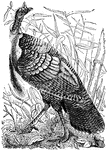
Wild Turkey
"The turkey is indigenous to America; and it may still be found in some parts of our country in the…

Turnstone
The turnstone is found along coasts. It gets its name from its habit of flipping over small stones,…

Turnstone
"Turnstone is a small genus of birds of the plover family, intermediate between the true plovers and…
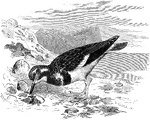
Turnstone
"Strepsilas interpres. Turnstone. Brant Bird. Calico-back. Pied above with black, white, brown, and…
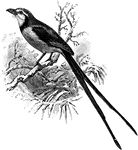
Streamer-Tailed Tyrant
The Streamer-Tailed Tyrant (Gubernetes yetapa) is a bird in the Tyrannidae family of tyrant flycatchers.
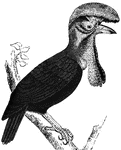
Umbrellabird
Feeding primarily on fruits, the umbrella-bird has two dstinctive crests of feathers, one rising from…
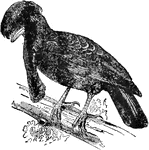
Umbrellabird
"The Umbrella Bird is a native of Peru. It is about the size of a crow, with deep black plumage; the…
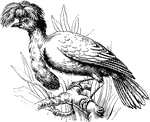
Umbrellabird
"The Umbrella Bird is a native of Peru. It is about the size of a crow, with deep black plumage; the…

Vireo
A family of insect-catching birds. They are restricted to the American continent and range from Canada…
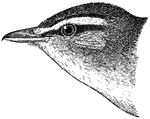
Red-eyed Vireo
The Red-eyed Vireo, Vireo olivaceus, is a small American songbird, 13-14 cm in length. It is somewhat…
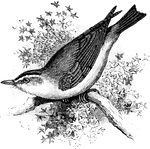
Red-Eyed Vireo
The Red-Eyed Vireo or Greenlet (Vireo olivaceus) is a small American songbird in the Vireonidae family…
